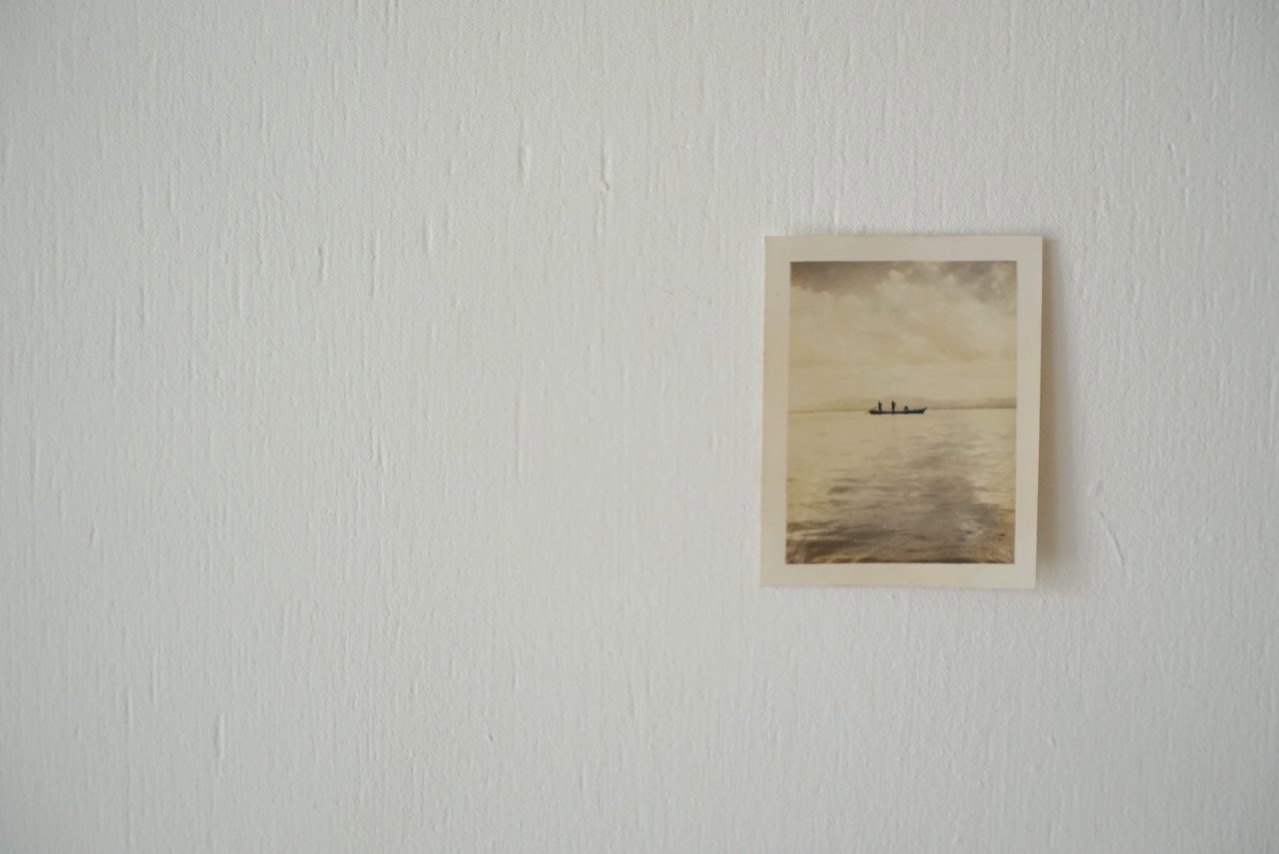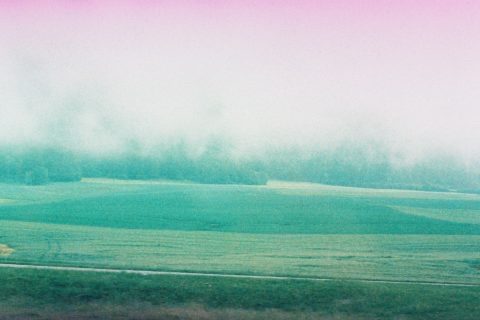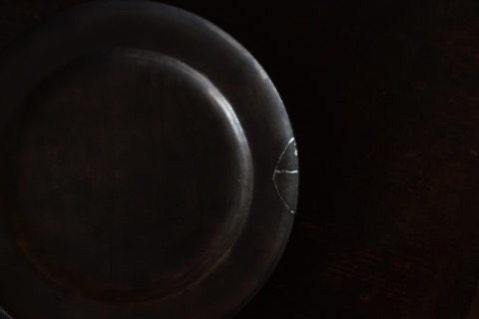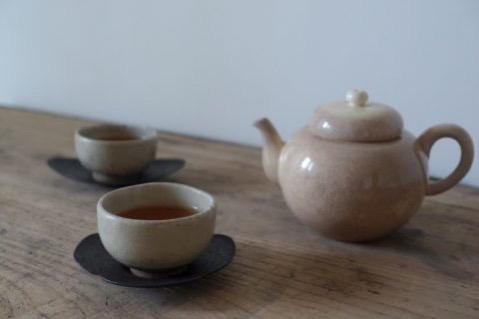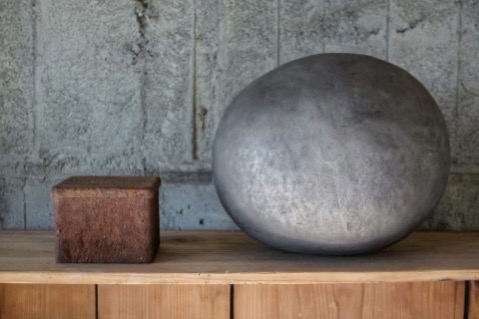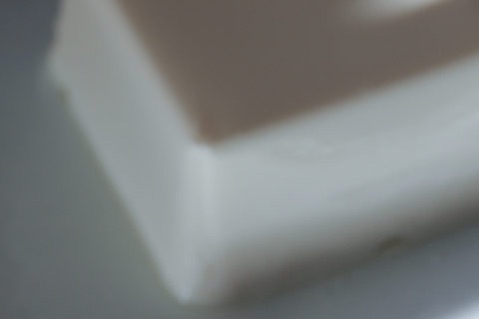
谷崎潤一郎的散文《陰翳禮讚》其中一段談洗手間的,提到日本古建築裡的洗手間是最能撫慰人身心的場所,遠離母屋的洗手間,光線幽暗的,蹲在裡面時,耳聽著鳥鳴,鼻嗅著草香,封著障子的細小窗戶上,總看得見樹影。在這狹小的空間裡,能感受到的四季轉換、花鳥風月,著實不比茶室遜息。要探究日本人對生活與美的執著,就先得跑到洗手間去,不潔與風雅,差天共地的兩者,在洗手間裡相遇而相知,想到這裡,不期然對谷崎潤一郎的幽默及觀察入微深表佩服忍唆不禁
在現在的日本,已難得看到谷崎潤一郎喜愛的傳統日式洗手間了。記得京都吉田山上,由茶室改建而成的茂庵,以及位於宇治,富四百年歷史的朝日燒工房的洗手間,都仍採用遠離母屋的木建築,下雨天時從母屋走去,得撐著傘還得小心腳下的飛石濕滑,上一趟廁所,便確確實實地感到自己活在自然的大世界裡。但這大概仍不合谷崎潤一郎之意,因木地板上埋的是陶瓷馬桶——陶瓷馬桶太堅硬冰冷,與溫婉的木建築與周遭的自然風景實在格格不入。而且消臭裝置太完善,倒教人失去了「身處此時此地」的當下感覺。
日本的美學是自黑暗裡誕生的,居室的昏暗更見光明的美好,漆器上的蒔繪、唐紙上以貝殻粉印出的淡然亮光,在暗室裡顯得特別凛然而溫柔。陰陽兩極相映,缺了誰都感若有所失。
古人在排洩物的臭氣與花香之中安然自處,陰與陽都不嫌棄。我住在設備現代化的家居裡,洗手間沒設窗戶,抽氣扇24小時自動長開著,無法學習古人的豁達。某天,發現丈夫在洗水間牆上貼了一張細小的照片,照片裡一片大海,自此每次拉水制時,腦中都諗著詩:「一江春水向東流」,這也算是我們苟且的風雅吧。
One section of Junichirō Tanizaki’s essay collection In Praise of Shadows is themed around the aesthetics of toilet. As he launches into a discussion of traditional Japanese architecture, he elaborates on how a toilet is a place of spiritual repose. Being separated from the main building, the lavatory always provides a dimly lit space where you can quietly sit and listen to the birds chirping outside amidst the fragrance of glass. Looking through the small paper screen window, you can even admire how the shadows of the trees move. As a tiny place to enjoy the subtle change of seasons and the soothing surroundings, it is actually in no way more inferior than the tearoom. The lavatory is probably the best place to reflect Japanese’s insistence on lifestyles and aesthetics. Boiling down elegance and sanitary purpose, something of vastly different natures, into one space, such cutting sense of humor and observation are well demonstrated by Tanizaki.
Nowadays in Japan, it is rather difficult to find the traditional Japanese lavatory that Junichirō Tanizaki spoke so highly of. I know of two places that still feature toilets of old wooden architecture which is separated from the core building. One is a cafe called Mo-an, which is converted from a tea house in Yoshidayama Kyoto. Another one is the Uji-based Asahiyako kiln with a history of 400 years. In rainy days, you would have to hold tight to your umbrella and leap onto huge rocks on your way to the toilets. There you would have a feeling of being fully immersed in nature. This is probably not Tanizaki would exactly look for, since the toilets are made of porcelain which is too hard and cold. This contradicts with the warm wooden architecture and its surrounding nature. Also, the deodorization is too perfectly done, this kills off the ‘down to earth’ touch to a certain extent.
Japanese aesthetics is born in the dark. The dimness in the living room gives the best stage to the subtle shine of light. The Maki-e painted on lacquerware, as well as the shell powder on toushi (paper used for making the Japanese room divider, Shōji) reflects their sophisticated glow, which looks particularly sharp but subtle in a dim room. The yin and yang complement each other and form the picture as one.
Our ancestors have found their comfortable spot between the smell of human waste and the fragrance of flowers, taking both yin and yang into the whole setting and learned to enjoy it. Now I live in a fully modernized apartment with an exhaust fan running 24/7 in a windowless bathroom. I am probably not as open-minded as the people in the past. One day, in the washroom, I saw a tiny photograph my husband had stuck on the wall. It is a picture of the vast sea. Since then whenever I flush, it would remind me of the Chinese poetry “just as much as a river of vernal water flowing east.”
Perhaps that is my intended way to act elegant.
- Up next — Blood of plants
- Previously — Cured by Butterburs
